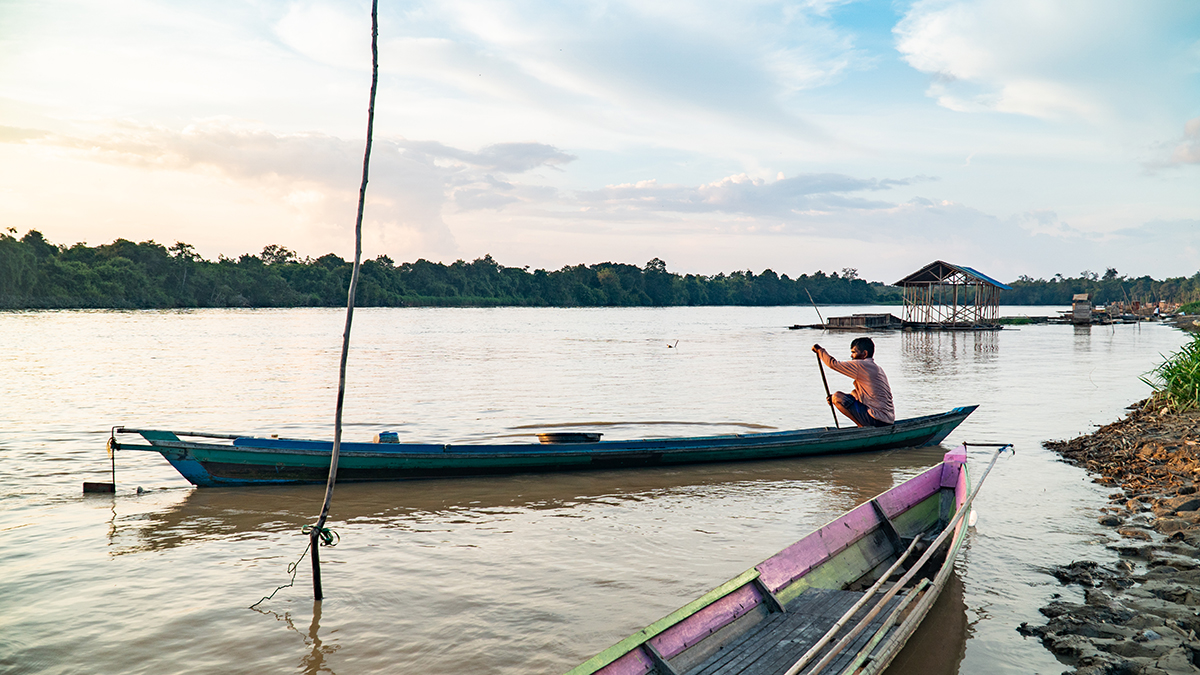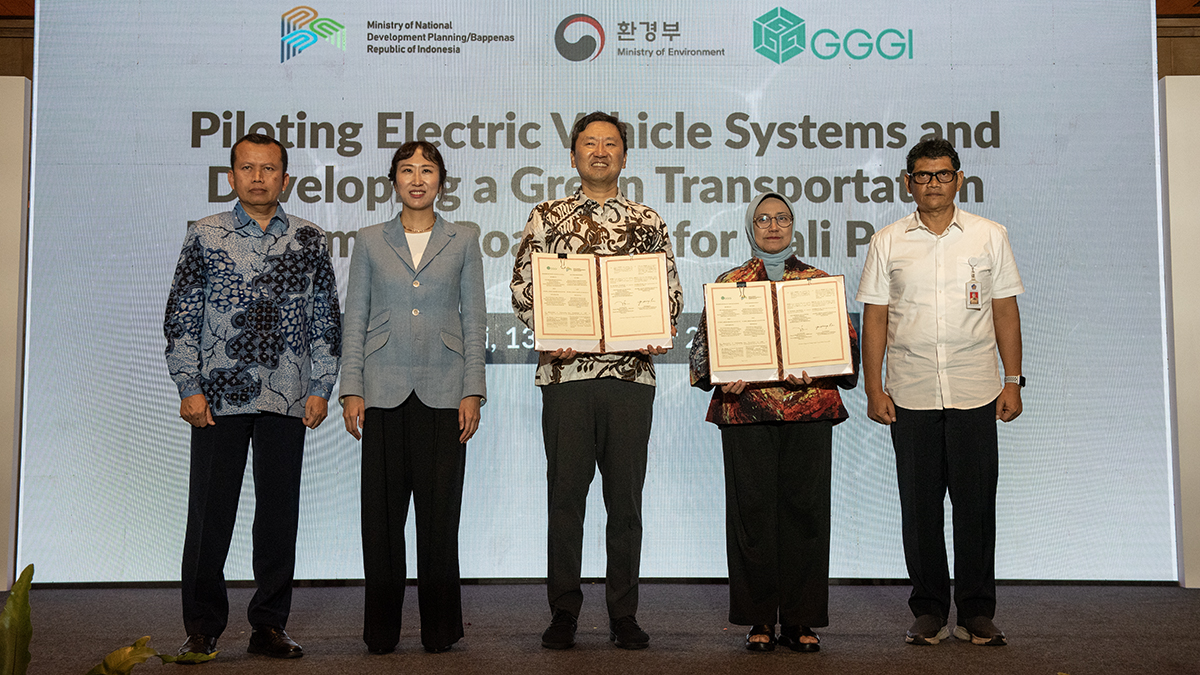Realizing Transmigration Area 4.0
The implementation of transmigration so far has shown a lot of success in terms of regional development by realizing 1,336 definitive villages, 399 sub-district capitals, 104 district capitals and 2 provincial capitals, as well as in terms of realizing national food security. In accordance with the 2020-2024 RPJMN, the Ministry of Villages, Development of Disadvantaged Regions and Transmigration is targeting to develop 52 transmigration areas.
The importance of developing region-based transmigration areas in a unified system has encouraged the Ministry of Villages, Development of Disadvantaged Regions and Transmigration to work closely with relevant technical ministries, the State Electricity Company (PLN) or private parties to encourage the provision of electricity through the Energy Saving Solar Power Program (LTSHE) in locations that cannot be reached by PLN, or using renewable energy and bio-energy to support the acceleration of energy infrastructure (electricity) in transmigration areas.
Therefore, the Ministry of Villages, Development of Disadvantaged Areas and Transmigration, has held a virtual meeting chaired by the Ministry’s Director General of Transmigration Area Development, Dr. Ir. H. M. Nurdin, M.T, inviting active participation from other ministries such as the Ministry of Energy and Mineral Resources, the Coordinating Ministry for Human Development and Culture, the Ministry of Communication and Information, BAKTI Telecommunications and Information Services for Communities and the Government, PT. Charta Putra Indonesia and the Global Green Growth Institute (GGGI). This cross-sector meeting is expected to accelerate energy infrastructure and telecommunications network in the Transmigration Area 4.0, in accordance with Presidential Regulation No. 50 of 2018 concerning Coordination and Integration of Transmigration Implementation. It is also hoped that this type of close coordination will foster harmony in the implementation of transmigration areas.
Region-based transmigration area development in a unified system requires the role of business entities to develop the region, especially electricity, and to sustain local economic development. Sectors that deal with livestock, fisheries and agriculture need cooling facilities, processing of agricultural products, and also telecommunications. In the construction of electricity, power plants sourced from local resources needs to be prioritized as they can guarantee environmental protection in and around the transmigration area. For this reason, it is necessary to encourage the role of funding from both the private sector and other agencies such as climate change funding and so on in addition to the role of the government through APBN funds that have already been allocated previously.




